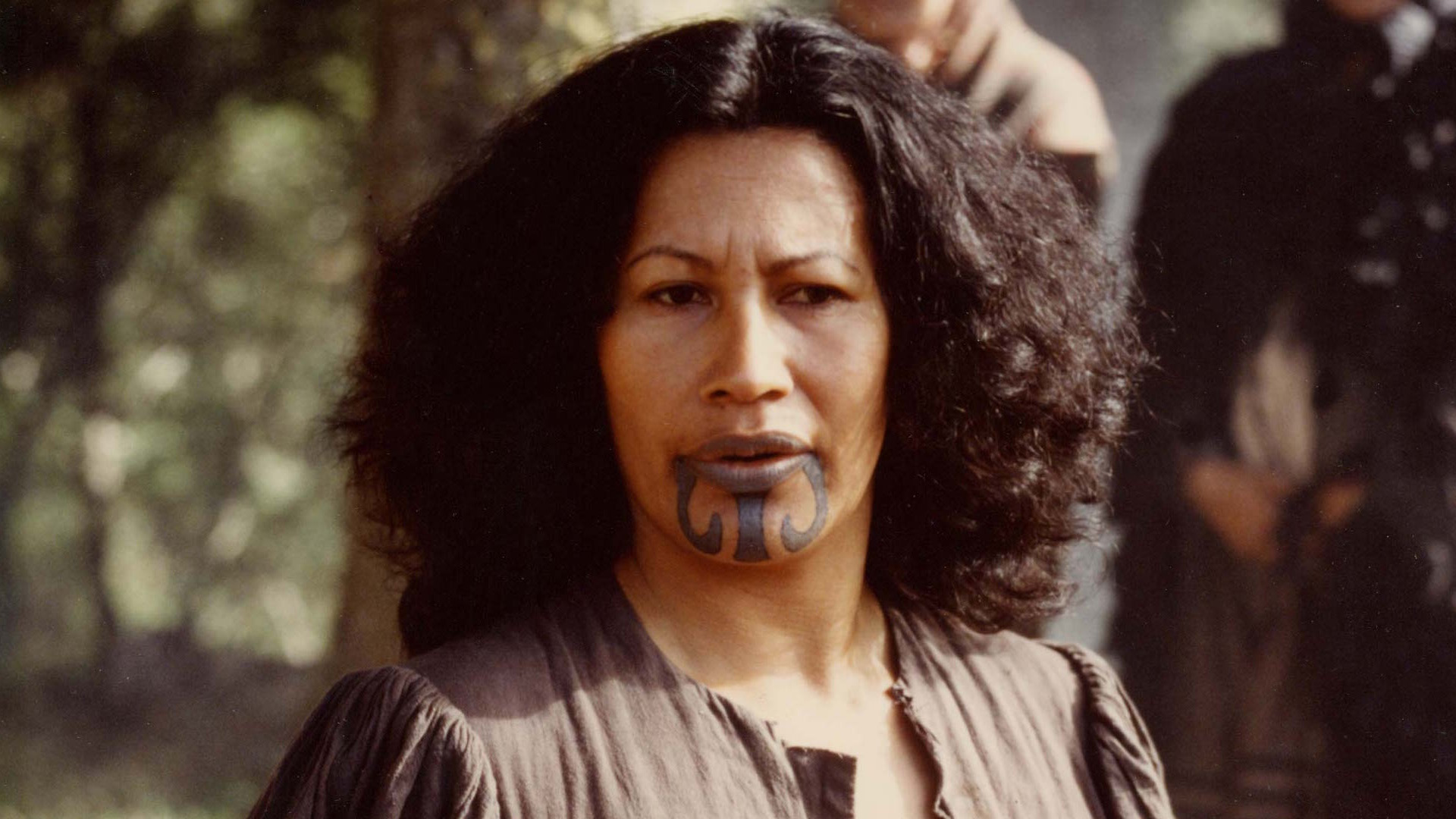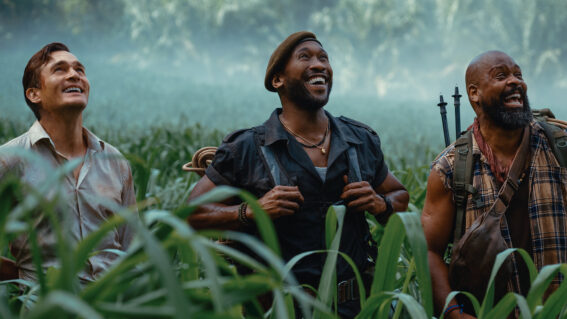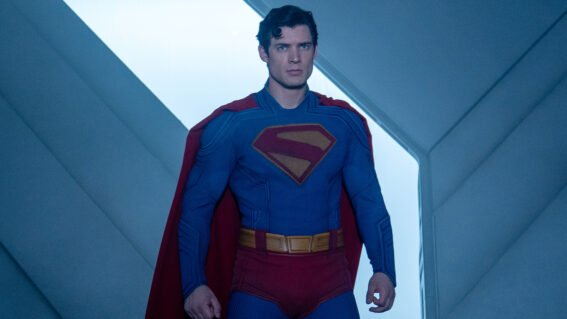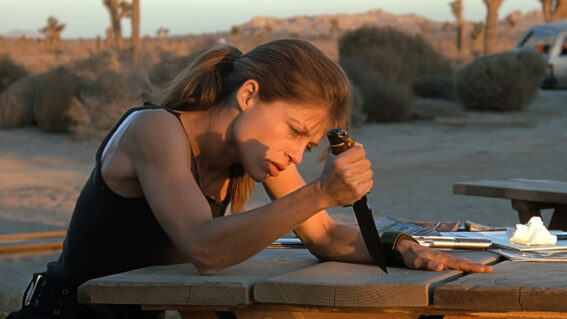Watch and celebrate the work of Merata Mita in a new NZ On Screen collection
Merata Mita’s body of work is some of the most pioneering, inspirational and insightful in Aotearoa.


A new NZ On Screen Collection celebrates the great Merata Mita and her decades of groundbreaking work as a filmmaker, documentarian, actor and mentor. Steve Newall details the wealth of historic content available to watch online now.
The legacy of Merata Mita (Ngāti Pikiao, Ngāi Te Rangi) will outlast us all, so pioneering were the filmmaking and cultural trails she blazed. It’s been nearly fifty years since Merata worked on a documentary for the first time, and the body of work she amassed subsequently stands as some of the most inspirational and insightful parts of Aotearoa’s filmography.
Many will be familiar with her most prominent works, others may only know Merata Mita from her son Heperi Mita’s loving and revealing documentary portrait Merata: How Mum Decolonised the Screen. Now, a new NZ On Screen Collection compiles much of Merata’s work, allowing us to chart the growth of a rangatira of Aotearoa’s screen industry.
The Merata Mita Collection showcases over 35 titles made for screens big and small, and includes Merata’s documentaries, interviews, short films and music videos—some of which have not been publicly available to view since their initial broadcast. Watching the collection affirms Merata’s insight and skill, and seen in both national and international contexts, goes a long way towards showing how she was an inspiration to Indigenous filmmakers both at home and around the world.
The collection includes many of Merata Mita’s documentaries available to view in full, including a new digitally-preserved version of groundbreaking and controversial Springbok tour documentary Patu!. Merata visits the Ruatōria’s East Coast Rastafarian movement in Inside New Zealand documentary Dread, Keskidee Aroha chronicles the 1979 visit by a black London theatre group, while Solidarity follows Aotearoa hip hop pioneers Upper Hutt Posse to New York at the invitation of African American political organisation The Nation of Islam.
Among the many other docos in the collection is Saving Grace – Te Whakarauora Tangata, Merata’s final work (which she considered her most important), which joins the collection in its entirety.
There’s plenty outside of documentary, too. 1988’s Mauri saw Merata become the first Māori woman to direct a feature film solo. The collection features excerpts from Mauri, alongside an episode of TV’s Koha chronicling its making. Elsewhere, you can find Merata’s music videos for Che Fu’s Waka and Herbs’ Nuclear Waste, as well as multiple interview appearances and TV documentaries that cover specific works of hers. Illustrating another side of Merata, her compelling dramatic roles include 1982 post-Springbok Tour and Bastion Point TV drama The Protestors, alongside Jim Moriarty, Billy T James and Zac Wallace of Utu fame (Merata herself having a memorable role in Geoff Murphy’s Aotearoa Western).
Providing further context are background pieces by three people profoundly impacted by Mita. Merata’s son Heperi Mita writes of how life and art intertwined for Merata, revealing his own tearful reaction to her powerful and candid interview in Māori Women in a Pākehā World. This TV documentary, restricted until recently, sees Merata share painful, personal experiences with abortion and exploitation, powerfully conveying the hardships of city life as a Māori woman and solo mother.
Heperi also references his mother’s battles with institutionalised racism and misogyny, experiences within the film industry of the 20th century that pushed her to achieve sovereignty over storytelling. Heperi highlights the impact of making Patu!, addressed in How Mum Decolonised the Screen and Close Up – Patu: Completing the Picture. Heperi describes this 1983 TV report as revealing the toll Patu! took on his mother and their family, and more broadly examining the burden she carried of making controversial and challenging work as a filmmaker.
“I totally underestimated the viciousness that lies just below the surface of New Zealand society,” says Merata in this interview. “I totally underestimated the amount of racism that there was, and how little it takes, you know, before it comes to the surface.”
In another background piece, film producer Ainsley Gardiner (known for Tama Tū, Boy, Waru and Cousins, among others) shares how Merata Mita was a mentor to her, an inspiration, and “certainly the embodiment of the multi-hyphenate: mother-writer-director-producer-mentor-etc.” Merata’s work introduced Gardiner to some key principles—that filmmaking could be a political act, and that filmmaking is a privilege.
From the time of its publication in 1992 until her death in 2010, Merata Mita had battled to adapt Patricia Grace’s novel Cousins as a feature. Heperi recalls the countless hours she spent scripting and submitting funding proposals without success, followed by disheartening rejection and prolonged frustration. Working alongside Briar Grace-Smith, Gardiner was able to finally see this project realised in 2021—and the result is a standout Aotearoa film. “It may not have been Merata’s vision for the film exactly,” writes Gardiner, “but I hope it was done in a way that would have made her proud.”
Researcher, reporter, presenter, producer, executive, and mentor himself, the background piece from Tainui Stephens offers the perspective of someone who discovered Mita through her powerful presenting on TV programme Koha, and would himself be inspired to join the screen industry. “She was a luminous presence,” Stephens recalls. “Her beauty was apparent, but the eyes told a different story—which became clear as soon as she spoke. Merata was proudly Māori. Sometimes that meant feeling her impatience and anger, when she spoke of injustice.”
“Merata’s film Patu! hit me like a body blow,” remembers Stephens, “but nothing like those suffered by braver protesters. Patu! is visceral. It gives a street’s eye view of the brutality, and the culture that spawned it.”
Stephens places Mita alongside two other key Māori screen pioneers in the pantheon of inspirational Māori greats—Barry Barclay and Don Selwyn. The trio created a template for indigenous screen storytelling, writes Stephens, and shared their wisdom in different ways.
“Barry said “The camera must always have good manners”. Respect counts.”
“Don said “Ko te kaupapa kei mua. It’s not about you!” — Humility counts.”
And, as Stephens recalls, stern words from Mita yielded another lesson. Upon discovering Stephens among a group of partied-out filmmakers recovering the morning after in a bottle and ashtray-littered workplace, “she casts a quick look around and erupts,” he writes. “She bollocksed us big time for our filthy work space. Her furious words echoed around our ears. “You want to be directors, when you can’t even clean up after yourself? You fellas have gotta learn to clean up your own shit!” Professionalism and a tidy mind counts.”
There are numerous other lessons to be learned directly from Merata Mita’s screen works—and the echoes of her legacy among the many Māori filmmakers she inspired. Explore the collection to see more of Merata’s work, and share in the impacts felt across decades of Aotearoa.























